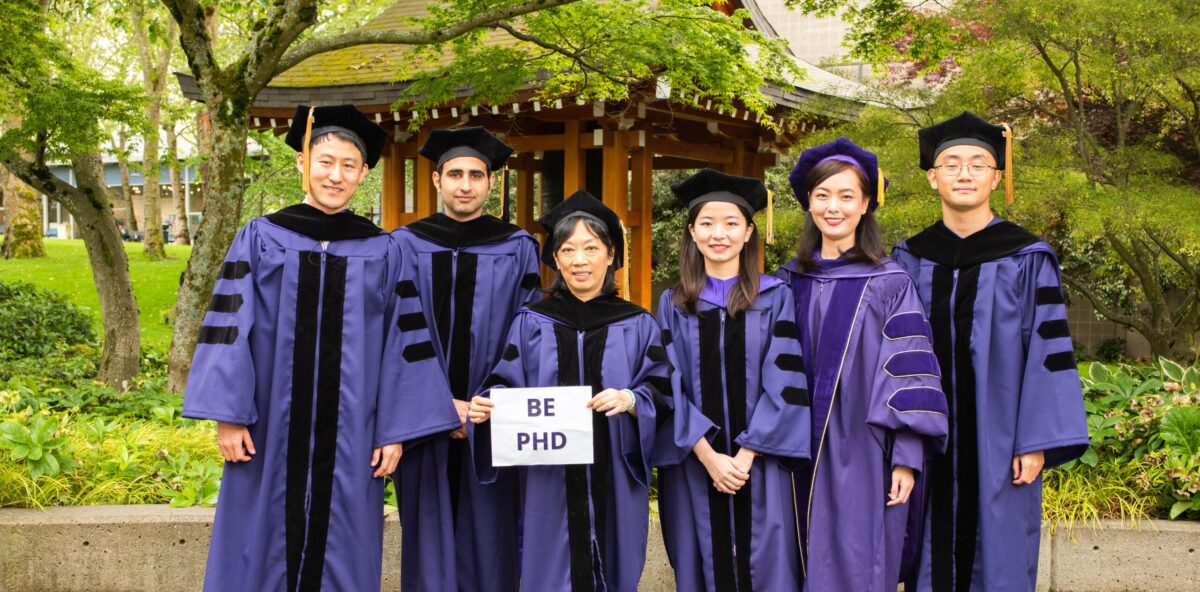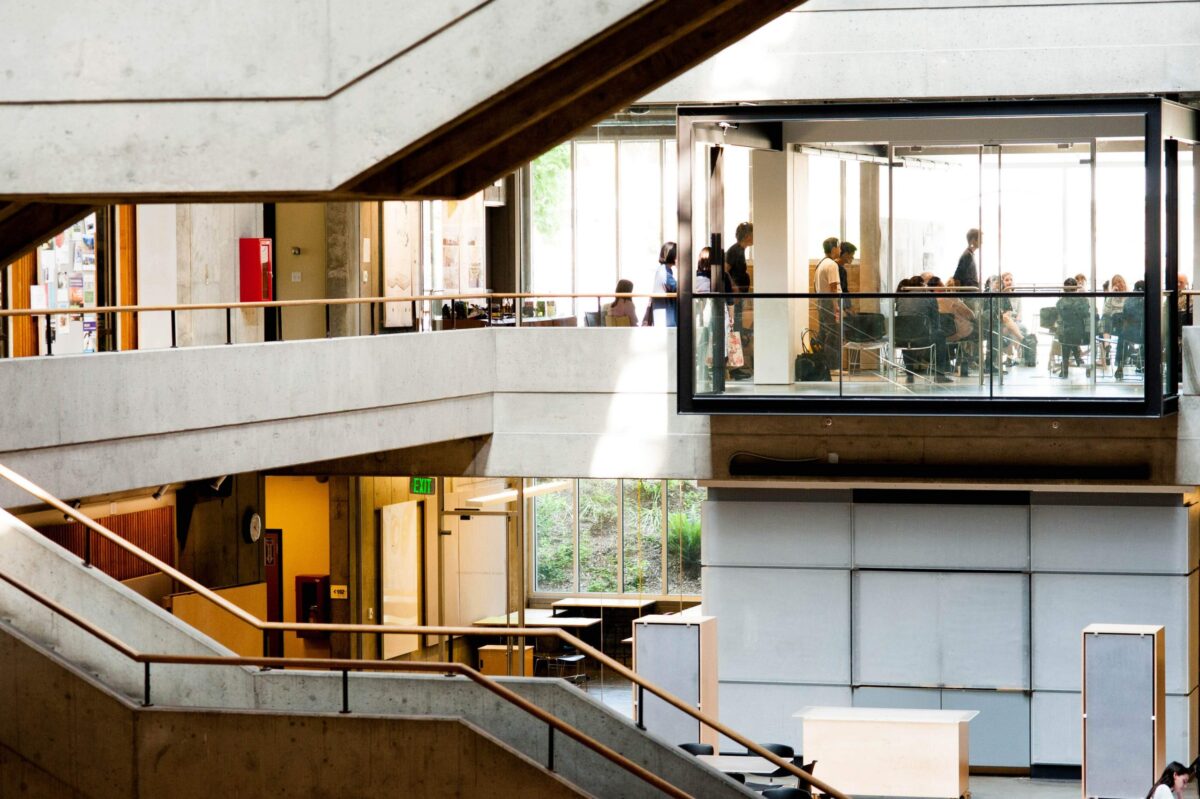Director: Alex T. Anderson, Ph.D.
The Ph.D. in the Built Environment is an interdisciplinary program incorporating subject areas and faculty from the College of Built Environments’ areas of study: architecture, construction management, landscape architecture, urban design and planning, and real estate; and has three newly updated areas of concentration/specialization.
- Building, Construction, and Property Sciences: to address technical, practical, and economic aspects of the built environment disciplines, with a particular focus on building systems, construction, and real estate transactions, and to generate new knowledge in these areas using appropriate research methodologies
- History and Humanities: to address cultural aspects of the built environment disciplines, and to generate new knowledge in these areas using appropriate research methodologies.
- Landscape and Urban Studies: to address ecological and sustainability aspects of the built environments disciplines, particularly at large scales, and to generate new knowledge in these areas using appropriate research methodologies
More information will be available shortly on these three areas.
Note that the University of Washington also offers a related doctoral program, the Interdisciplinary Ph.D. in Urban Design and Planning.
Questions about the Ph.D. in the Built Environment? Email bephd@uw.edu.

